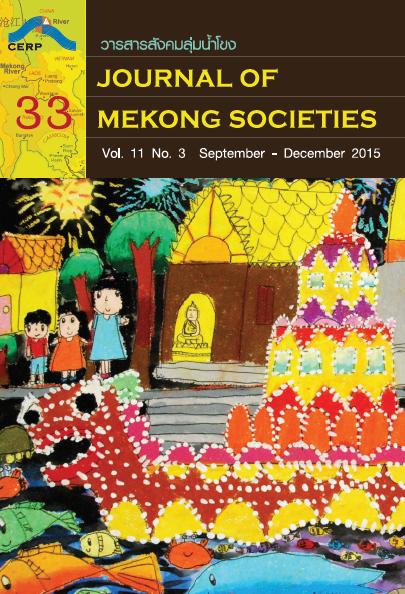The Coda In Khmer Loanwords In Thai: An Optimality Theory Perspective
Main Article Content
Abstract
The purpose of this research is to investigate how coda consonants were adapted in Khmer loanwords in Thai. The loanword data were collected from previous studies related to Khmer loanwords in four Thai works. The selected loanwords are limited to those that are still in use in current Thai. The analysis was based on the Optimality Theorative framework. In coda position, Khmer allows 13 consonants, p c t k h m l n ŋ j w, and Thai allows 9, p t k m n ŋ j w. The results of the study revealed that the absence of four consonants, c h l , in coda position in Thai phonotactics is one type of adaptation. But the adaptation occurred not only with those consonants, it also took place with some other codas that are allowed in both languages. From the Optimality Theory perspective, the adaptation was the result of the conflict of the two main constraints, faithfulness and markedness. For the codas which were not allowed in Thai phonotactics, Thai grammar ranks the markedness constraints, *c] *h] *l] * ], higher than faithfulness constraints, Ident-IO(f) and Ident-IO(place). This finding is different from previous ones. More alternative forms of some codas were also found. Some codas were mapped to more than one form. The Optimality Theory could work well with such adaptation within Thai phonotactics.


